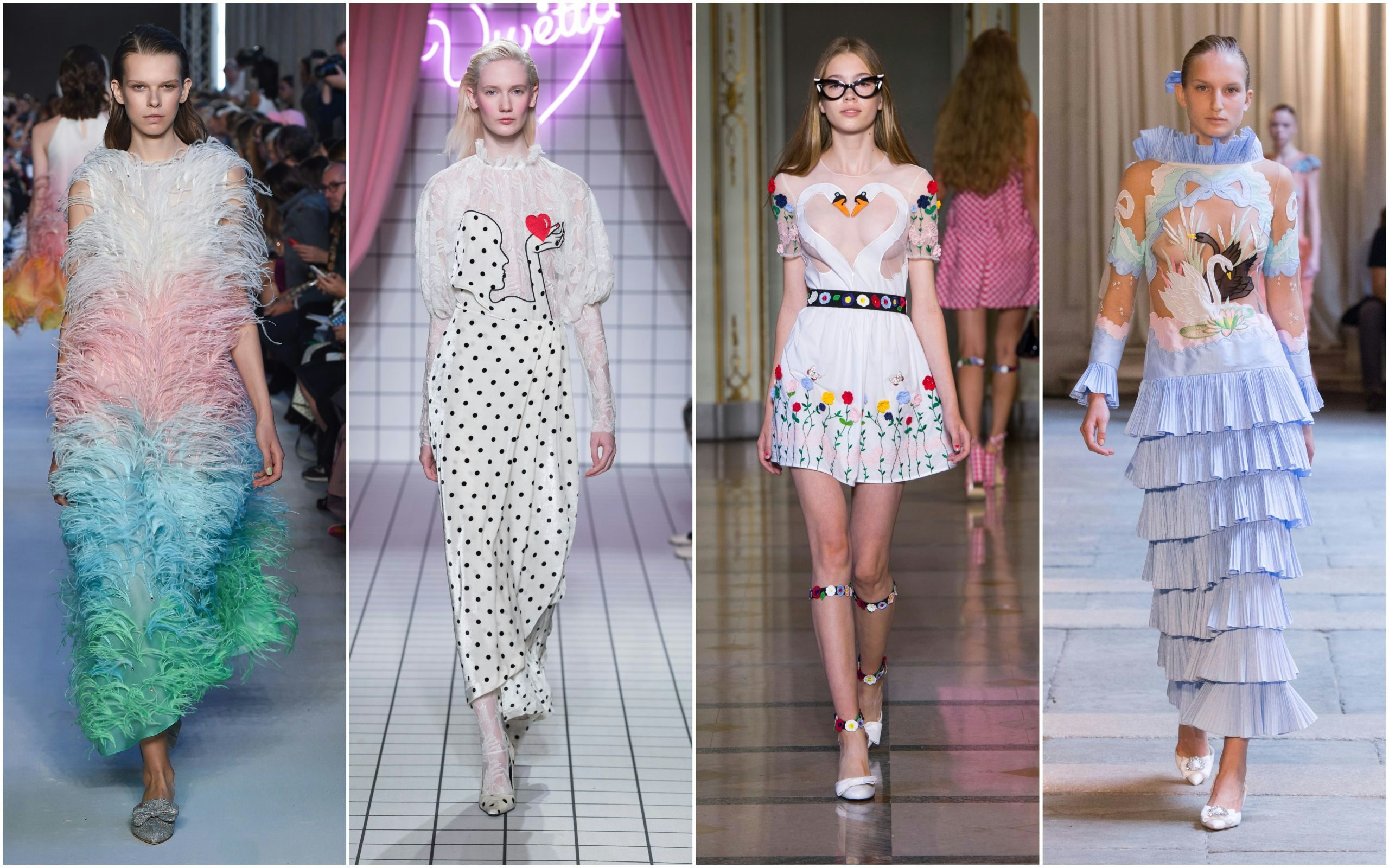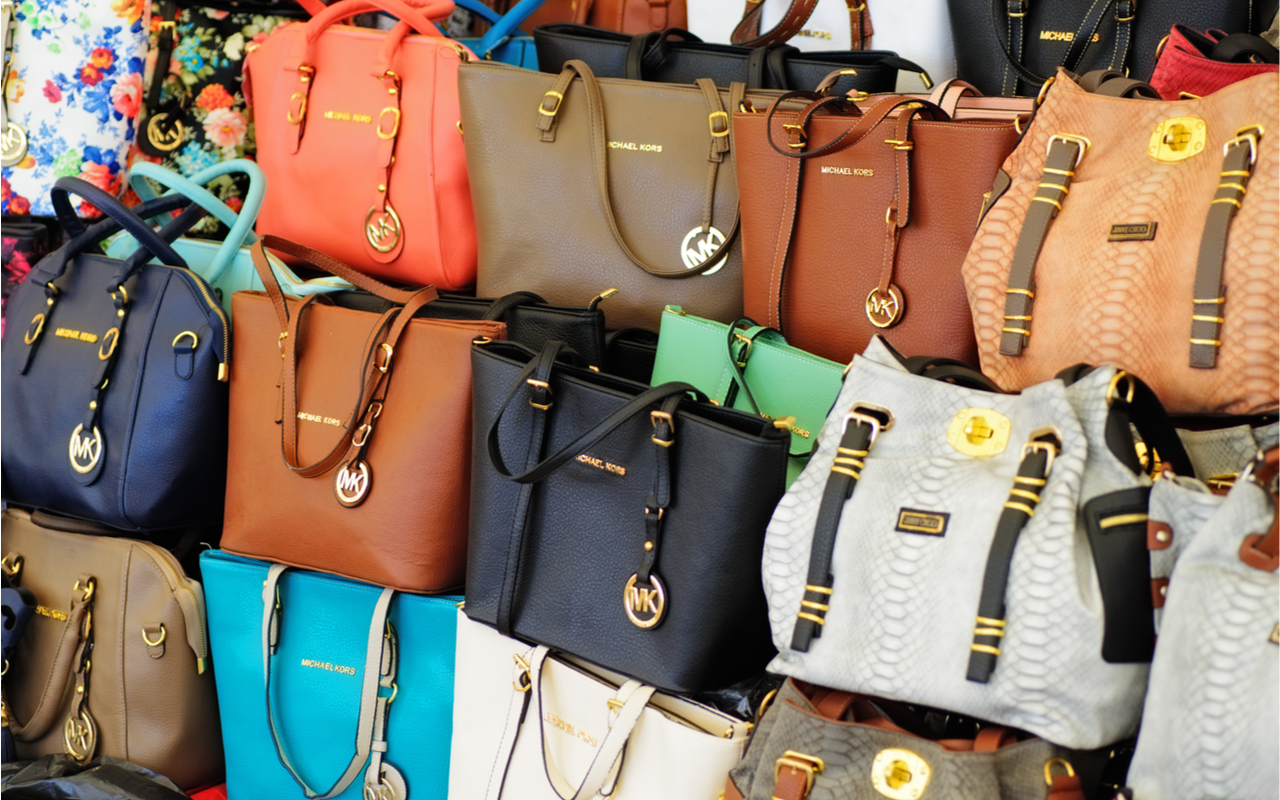Tech giants and e-tailers are now the undisputed business partners for most labels in China (e.g. Hugo Boss announced to have signed an agreement with Zalando, and Karl Lagerfeld announced to collaborate with Secoo), but they are increasingly disintermediating luxury players to achieve higher bargaining power as a preferential consumer “touchpoint.”
Because of this, luxury has been forced to expand beyond its historical boundaries. Companies specializing in luxury goods are moving into “experiential” spaces: consider that LVMH acquired the hotel and leisure company Belmond, or Louboutin stepped into the hotel business in Portugal, while Gucci opened the restaurant 1921 Gucci to crack into the foodservice industry in Shanghai.
The digitalization wave#
The industry is also moving into a new phase of its relationship with the digital world, one in which online sales have grown thanks to a direct correlation between performance and social media visibility. In China, online luxury shopping is already a common phenomenon. Currently, online sales represent nine percent of China luxury fashion and accessories sales, and while online luxury shoppers are growing across all generations, the youngest (Gen Z) is the keenest to shop online. Evidence shows that Chinese Gen-Z luxury shoppers spent on average more than 7,267 (50,000 RMB) last year and close to 60 percent of them shopped not only offline channels, but also online for luxury. It is not a stretch to speculate that online luxury sales might triple as the new proportion of total global luxury market sales by 2025.
In this arena, tech companies dominate: They benefit from an enormous customer base, cutting-edge technology, and the size to be able to invest heavily towards winning over online consumers. Take Secoo for example. In June 2017, the platform opened an offline experience center on one of the most luxurious streets in Shanghai, West Nanjing Road, to sell a curated assortment of goods as well as provide customer service.
Therefore, it’s not surprising to hear that the luxury goods group Richemont acquired online retailer YNAP last year, and that the online fashion retailer Yoox has since launched collections under their own label by using the customer data they’ve gathered over the years along with AI software to ensure a strong market for the new designs.
If you can’t beat them, collaborate with them#
With e-commerce platforms and tech companies emerging as relevant channels, it’s important for luxury companies to look for mutual cooperation with those players by mirroring partnership agreements with traditional wholesalers, which then can become new business models serving both partners.
Chanel announced in early 2018 that it had bought a stake in the retail platform Farfetch, not in order to sell clothes via the site, but to make use of Farfetch’s technological know-how so the brand could further personalize and optimize the experience of visiting Chanel’s brick-and-mortar shops. In June 2019, Tod’s joined forces with the influencer Tao Liang — better known as Mr. Bags — on a stylish and retrograde limited-edition unicorn bag that the fashion blogger had added his touch to with a unicorn charm (symbolizing good luck and appealing to the inner child).
Fashion e-commerce platforms are themselves partnering with larger online stores. The online fashion retailers Mr. Porter and Net-a-Porter recently launched versions of their portals on the Chinese retail platform Alibaba, which just started catering to the luxury market. As part of the deal, the two brands will also launch mobile apps for the increasingly important Chinese market.
Exciting opportunities for the bold and innovative#
It’s not going to be possible to run a thriving luxury fashion business in the 2020s by doing things the same way they were done in the 20th century, but this new reality doesn’t have to be seen only as a threat. By engaging consumers through an omnichannel framework, making smart use of technology, and paying close attention to the latest advances of the “co-opetition” (a new word coined to describe “cooperative competition”), all the companies mentioned above are moving in the right direction.
Scaling up is an upcoming challenge, and critical mass is absolutely needed for brands to rebalance their bargaining power with today’s dominant tech companies and e-tailers. Large groups like LVMH, Kering, Richemont, and PVH are leading the way by expanding their size through mergers and acquisitions — buying not only fashion brands, retail platforms, and suppliers, but also diversified businesses that will help them meet new consumer expectations and inspire brand devotion. Now we’ll just have to wait to see which pioneering company will explore even newer luxury frontiers in the future.
Veronica Wang is a partner at OCamp;C Strategy Consultants.


